Dallas Symphony opens with just 36 players
mainFabio Luisi arrived as music director, facing a depleted and distanced ensemble.
Another Covid occasion.
Read here.
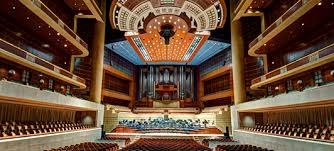
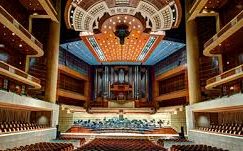
Fabio Luisi arrived as music director, facing a depleted and distanced ensemble.
Another Covid occasion.
Read here.

The thoughtful American composer Richard Wernick died yesterday…
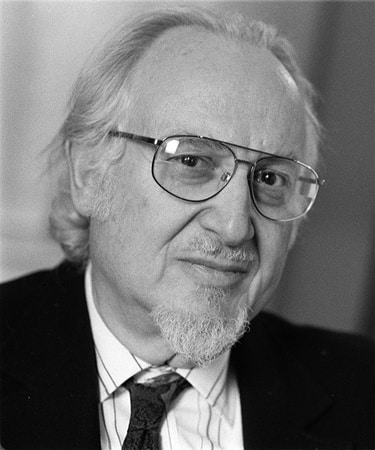
We have been informed by one of her…
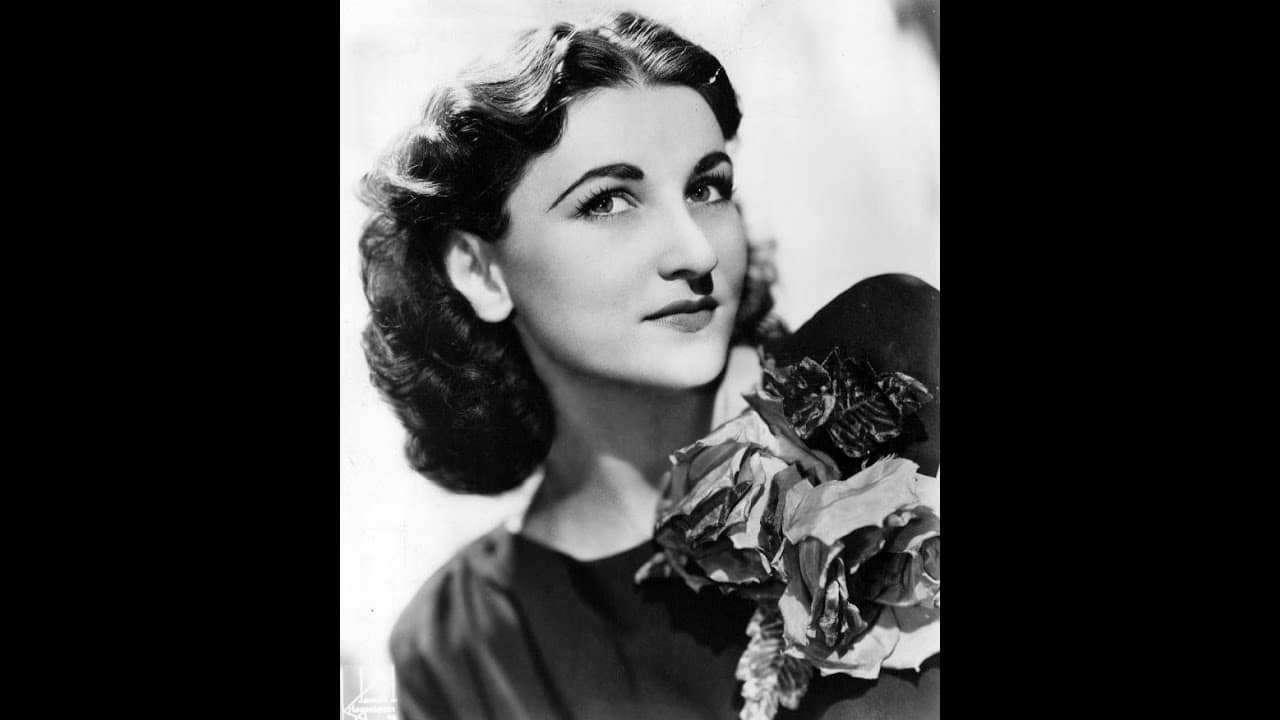
We reported last month that two strings positions…

Under Russian bombardment, Julian Milkis – on his…
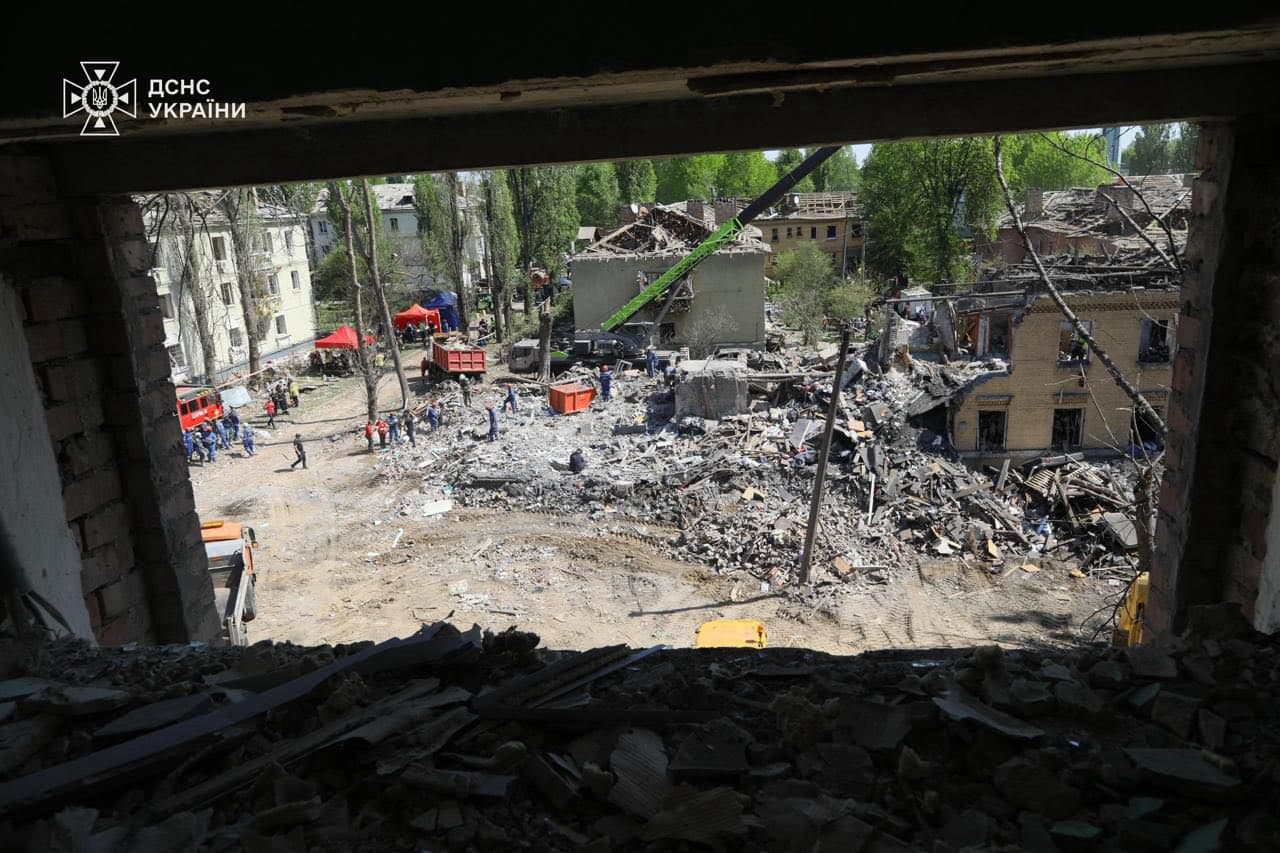
Session expired
Please log in again. The login page will open in a new tab. After logging in you can close it and return to this page.
Comments